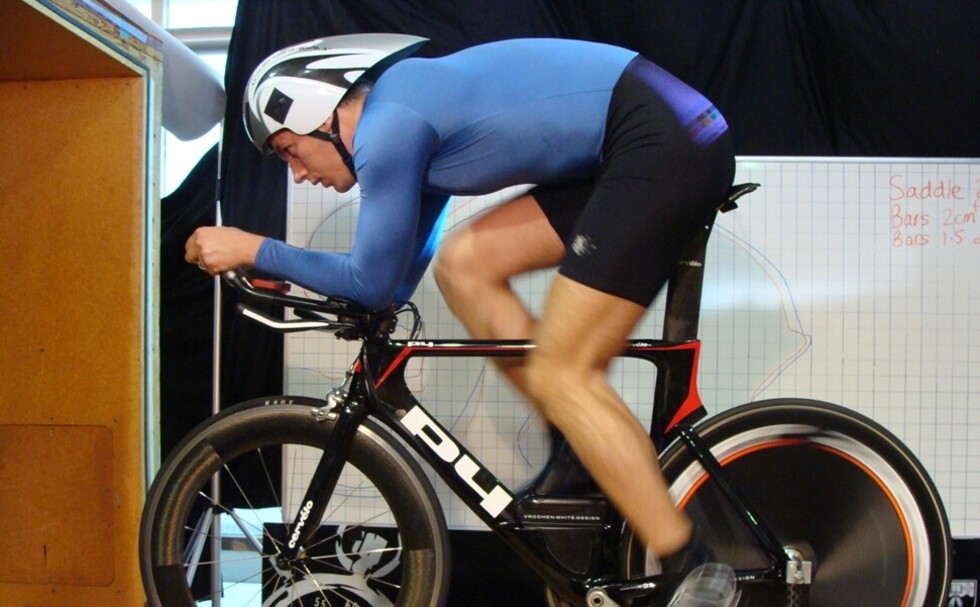As most who follow Long Distance Triathlon will realise – the Hawaiian Ironman was raced yesterday. The conditions were unusually mild and the racing was particularly fierce, which led to some notable meltdowns and good material for analysis.
For starters I’m going to look at ‘same athlete’ analysis to compare 2013 to 2012 performances. As the full results are not available at this point I’ve just done a quick run through with the Pro results to establish a comparison to last year. Further analysis will be added as more information comes to hand (like full results, power data etc).
Athlete Performance Comparison
So it’s clear that the swim and ride were markedly faster, the run not so much. However – as the ride forms the majority of the race the overall times were faster too. A 2% difference in overall time works out to be nearly 11 minutes for a 9hr athlete – so it was certainly a good day for setting records.
There is one outlier that I left in for the above table – a certain Mr Jacobs, who was 25% slower on the shuffle and a few places lower than last year. So I’ve also generated the table with his results removed. The analysis is based on 12 Women and 15 Men so it’s quite sensitive to outliers and his numbers were not helping the Male cause.
Where this is useful is giving context to an athletes performance. For instance – a 15 minute improvement on the ride for a Woman looks really impressive until you notice that the average improvement was a little over 15mins (15mins is 5% of a 5hr ride). So for a Female Pro to have improved relative to the field she needed to go close to 20mins faster…
Mirinda Carfrae is an interesting case with a 2013/2013 bike ratio of 95.5% she didn’t actually improve her time relative to the field. However – she had the biggest drop in run time (ratio of 92.2%) of any Pro and outran all but two of the Men. So she clearly was able to maintain her relative performance while leaving a lot more gas in the tank for the run, compared to last year when she ran poorly (for her), leading to an overall much improved performance (new race record).
Mens Winner Frederik van Lierde improved slightly more than the average on Bike, Run & Overall. As he was 3rd last year those small improvements relative to the field were sufficient to to grab the coveted top spot.
Environmental Conditions
Widely reported to be the best ride conditions in recent years – this shows in the calculated Yaw figures in the course model. Lead athletes would have experienced low average Yaw – counting in favour of Cervelo P5s & Scott Plasma Premiums and heavily against the Specialized Shiv.
It’s not known yet how Rinnys new Felt IA performs, though Felt are claiming some impressive figures. It’s notable that she is the first winner in many years on a bike that completely ignores the UCI Time Trial regulations. Which may well be part of her energy savings leading to an improved run. So I suspect she is the first wave of a switch to Tri-specific superbikes.
I’ll have more on the conditions soon (as usual I got distracted figuring out a method of making the model even better which means I’ve run out of time today).



